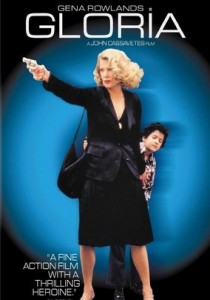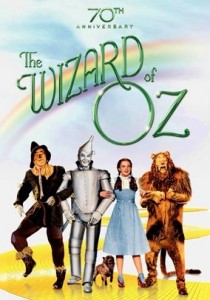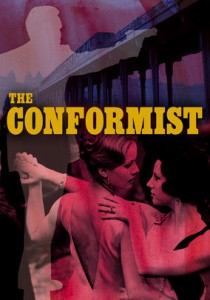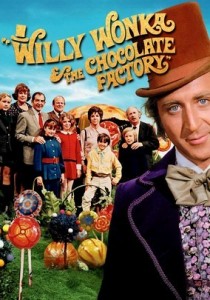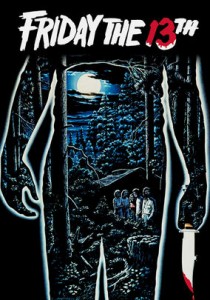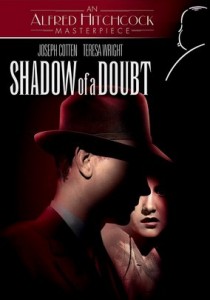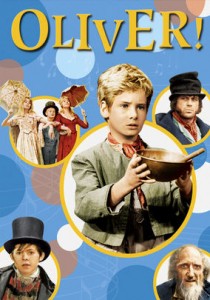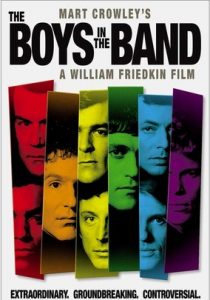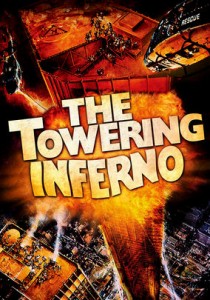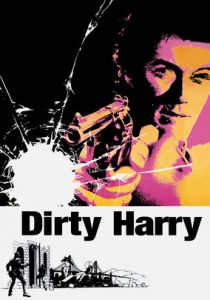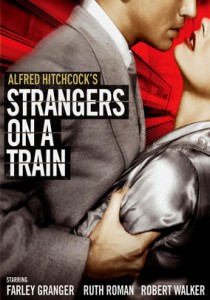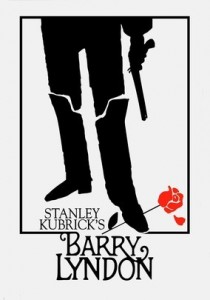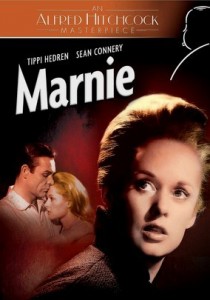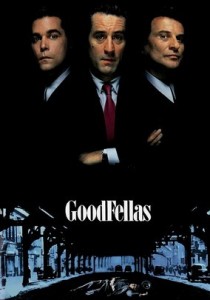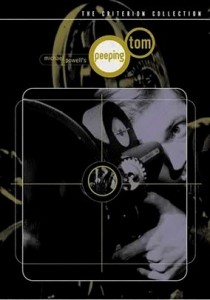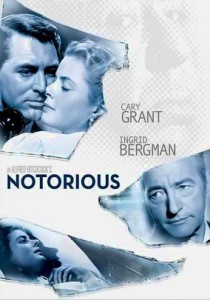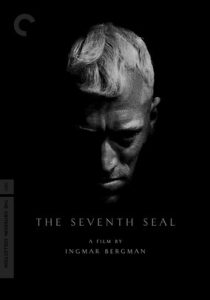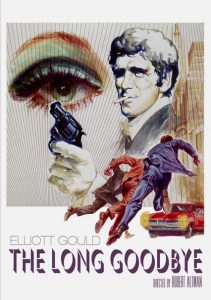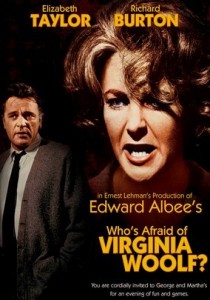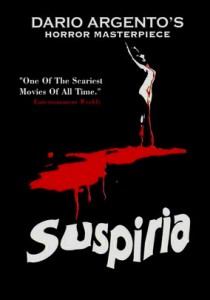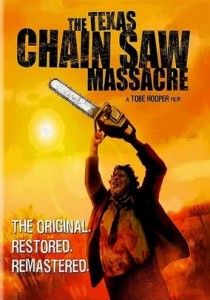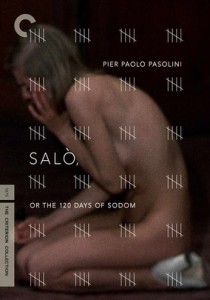Gloria-1980
Director John Cassavetes
Starring Gena Rowlands
Top 250 Films #32
Scott’s Review #166
Reviewed September 9, 2014
Grade: A
Gloria (1980) is an action/thriller film that features the standard action-crime thriller elements, including shoot ‘em up, guns-blazing, clichéd fare, but contains an interesting and appealing leading character, a gritty atmosphere, and witty dialogue.
It is a significantly better film than most indistinguishable action films.
Directed and written by independent film master, John Cassavetes, who wanted to make a more conventional, mainstream film than was typical for him- think the very left of center, brilliant A Woman Under the Influence, also starring Gena Rowlands, and Gloria was the perfect film for him to create with Rowlands as the focal point.
Made in 1980, Gloria perfectly portrays New York City at the time.
New York City was gritty, dirty, rough, crime-infested, violent, and chaotic, and the film frequently travels throughout Manhattan, the Bronx, and New Jersey, with many scenes shot directly on the streets of New York.
Several other scenes are set in dingy apartments, hotels, seedy bars, and rundown streets, and are highly effective in portraying a gloomy atmosphere. The cinematography in the film is perfect.
The heart of the film lies with Rowlands (Cassavetes’s wife), who gives a mesmerizing performance as a former mob girlfriend who, by circumstance, must protect a young Hispanic boy from execution by the mob because of an informant’s book he clings to for dear life.
No other actress could have played this role of a tough-talking, brash New Yorker as well as Rowlands does. The boy’s father, played by Buck Henry, is a scared accountant with ties to a company fronted by the mob.
He fears his entire family will be murdered and hands his kid over to Gloria. Julie Carmen gives a brief but effective performance as Phil’s frazzled mother.
I wish Henry and Carmen had been given more screen time and fleshed-out characters because both had huge potential. The film belongs to Rowlands- she is no-nonsense, tough, and so convincing in the part.
I also enjoyed the casting of John Adames as the kid, Phil. His performance was inexplicably panned by many critics and I’m not sure why.
I also love the unique opening credits as intense folk/jazz music plays over watercolor portraits that turn into the skyline of New York City and the music has a melancholy and eeriness to it.
Amid the violence, there is a sweet bond that develops between Gloria and Phil that is not too sentimental or cheesy.
A great, compelling, late 1970s/early 1980s film that has some definite Godfather and Dirty Harry influence in texture and characters, especially with some of the mobster characters.
The appeal of the film is that it has a heart but never delves into schlock. Surprisingly rated only PG, it is gritty, but not lewd or harsh and seems dirtier than it is with barely any filthy language.
The chemistry and heartfelt connection between Gloria and Phil are darling without being too sappy or safe. Gloria is a fast-paced, action gem that is both appealing and tough.
Oscar Nominations: Best Actress-Gena Rowlands
